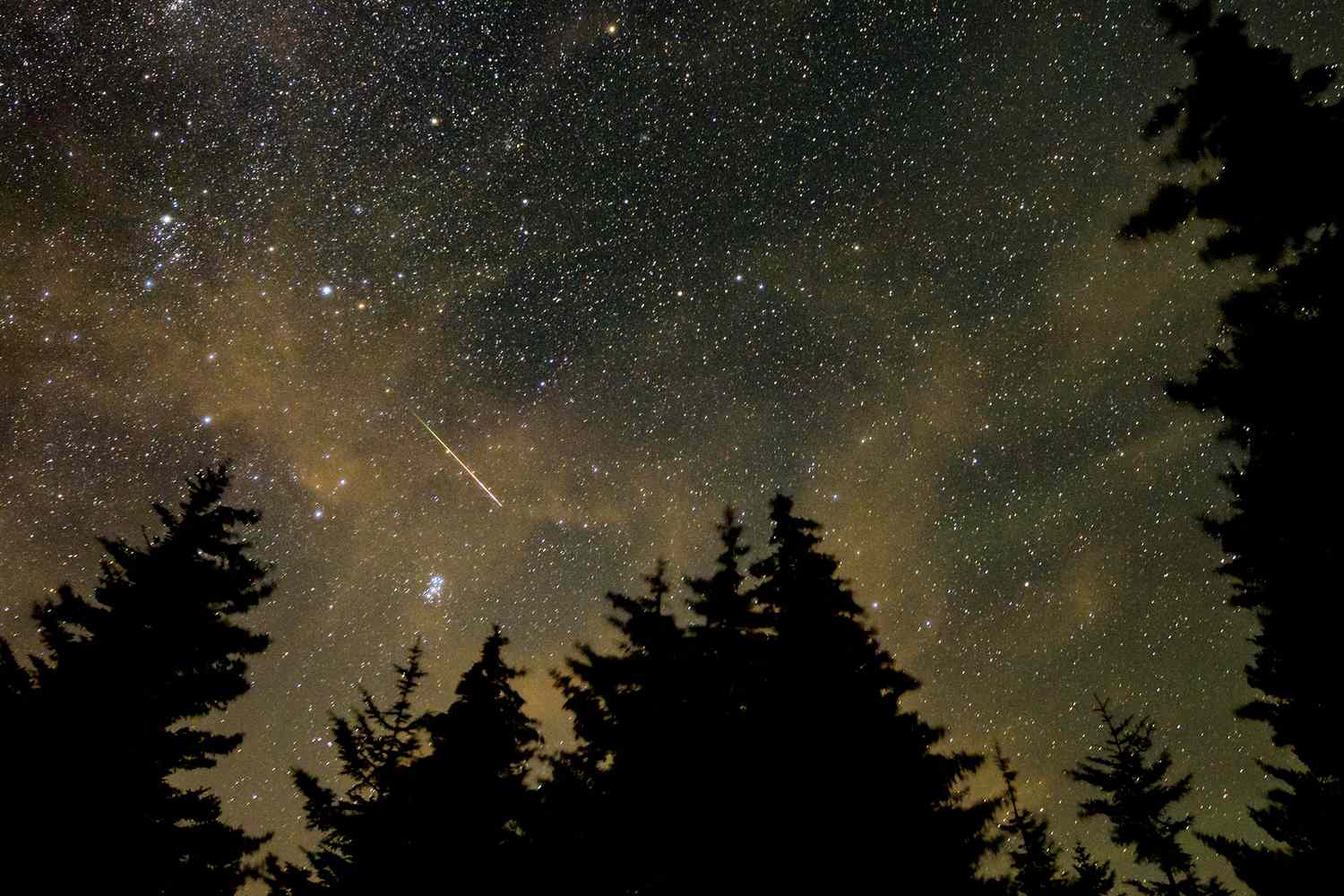Time: 2024-08-10
Meteor showers and auroras have captivated stargazers for centuries , and when these two stunning night sky phenomena coincide , the result is truly mesmerizing . Recently , lucky viewers in San Francisco 's North Bay were treated to a rare sight of meteor showers during an aurora . The National Oceanic and Atmospheric Administration ( NO ) has issued a geomagnetic storm watch for Aug. 9 through Aug. 11 , aligning with the peak of the Perseid meteor shower around Aug. 11 and before dawn on Aug. 12.
The heightened solar activity has raised hopes for auroras visible as far south as New York and Idaho . Geomagnetic storms , classified by NO using a G - scale , can range from minor G1 storms to extreme G5 storms . The recent storm watch falls under the moderate G2 - class storms , with the potential for spectacular northern lights displays.

A significant factor behind the storm watch is the presence of three coronal mass ejections ( CMEs ) from the sun , heading towards Earth . These CMEs carry electrically charged ions that , when interacting with Earth 's magnetosphere , can trigger geomagnetic storms . The exact timing of the CMEs ' arrival is difficult to predict , but if conditions are favorable , mid - latitude auroras could illuminate the night sky.
The Perseid meteor shower , often heralded as the best meteor shower in the northern hemisphere , promises a dazzling display of shooting stars and fireballs . With peak activity between Sunday and Monday , stargazers can expect up to 50 to 100 meteors per hour , including eye - catching fireballs . This celestial spectacle occurs as Earth passes through debris from the Swift - Tuttle comet.
To observe the Perseids at their most powerful , viewers are advised to look towards the constellation Perseus in the northwestern sky after midnight . The shower 's peak coincides with the moon setting around 11:20 p.m. local time , creating optimal conditions for spotting streaking meteors and bright fireballs . The Perseids can produce colorful and vibrant streaks as they traverse the night sky , offering a truly mesmerizing sight.
For the best viewing experience , stargazers should seek out locations with minimal light pollution and unobstructed views of the northwest sky . Hilltops , open fields , or DarkSky International - certified parks are ideal spots to witness the Perseids in all their glory . By choosing a prime viewing location , viewers can maximize their chances of witnessing the intense meteor activity associated with this spectacular meteor shower.
In conclusion , the convergence of the Perseid meteor shower and geomagnetic storms presents a rare opportunity for skywatchers to witness two celestial events in one . Whether marveling at shooting stars streaking across the sky or being awed by the ethereal glow of auroras , the night sky promises a breathtaking display of natural beauty . Astronomy enthusiasts are encouraged to seize this moment and gaze upwards in awe at the wonders of the universe.